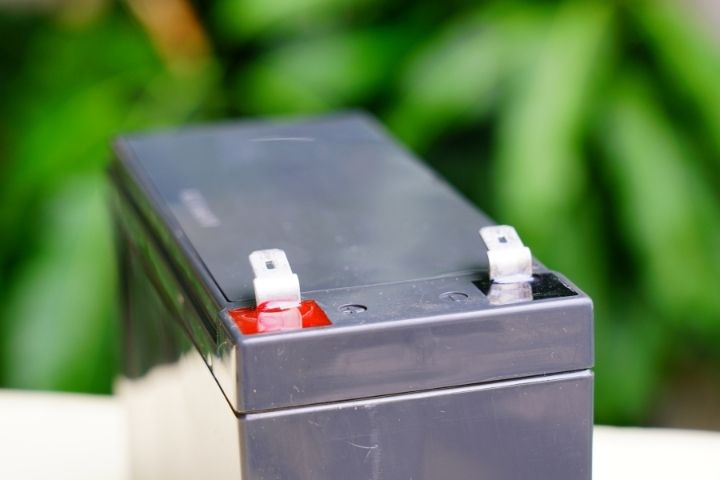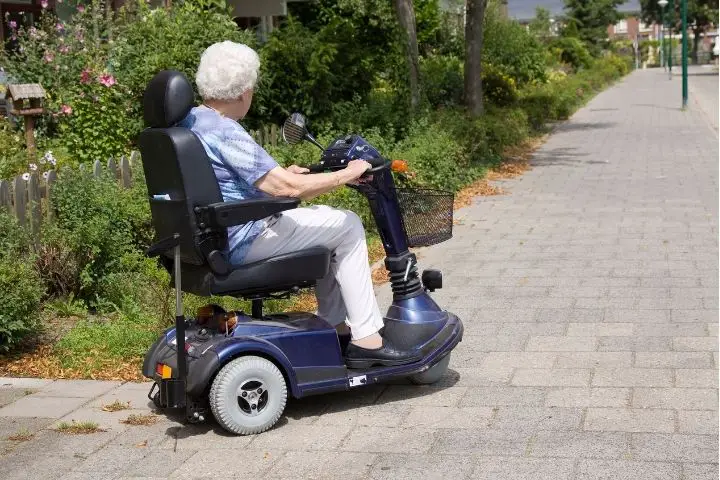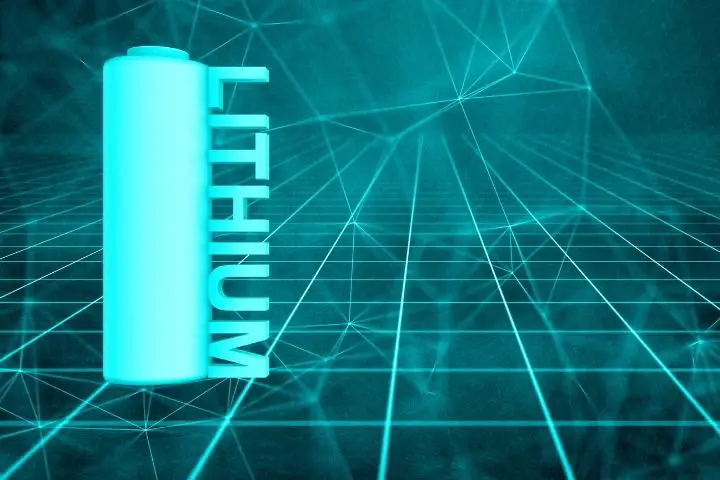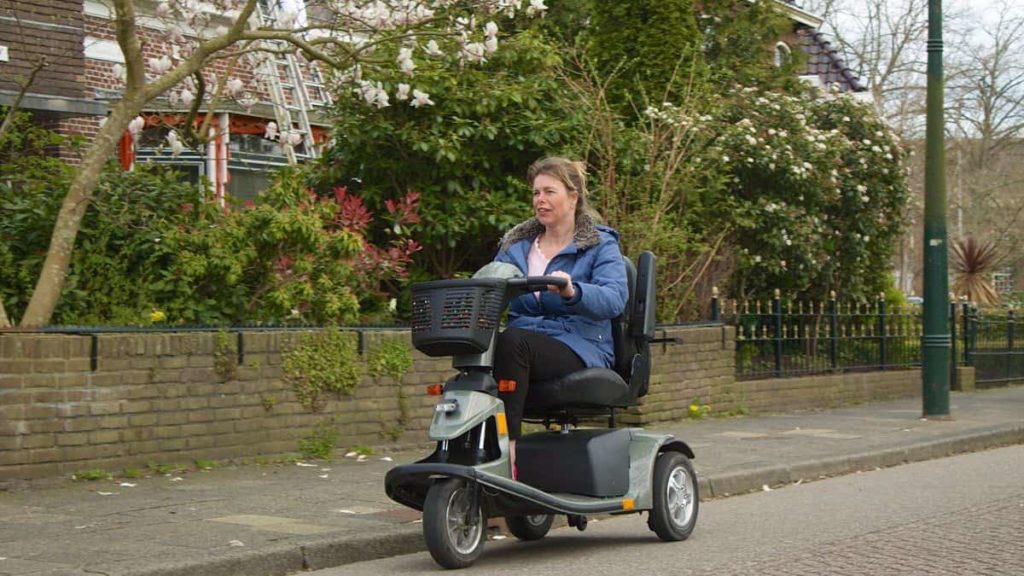How Long Does a Mobility Scooter Battery Last?
How long do mobility scooter batteries last? How often should you charge them? And, most importantly, how do you maintain your mobility scooter battery for a longer lifespan?
Well…
Mobility scooter batteries can last anywhere from between 1 to 2 years before you’ll need a replacement. They can also go up to 35 miles in between charges.
Still, the distance between charges and the overall longevity of mobility scooter batteries varies greatly. What does that mean?
Read on to find out more!
Factors affecting how long mobility scooter batteries last
How long your mobility scooter battery lasts relies on several factors. Depending on how you’re exposed to any of these factors, your battery could either last longer or a short while.
Here are the 3 most important factors that influence how long your mobility scooter battery will last:
1. Type of battery

Different types of batteries come with different strengths and/or weaknesses.
For example:
Wet lead-acid batteries may last for about 1 year due to the limited charge cycles they have.
Currently, some of the best options include sealed lead-acid and lithium-ion batteries as they have higher power capacity and charge cycles. They can last for up to 2 or 3 years!
2. Frequency of use
The more you use your mobility scooter, the more charging you’ll need and, thus, the more strain you’ll put on the battery.
If you are an occasional user, then it means you won’t need frequent recharging, and the better you’ll preserve your battery cells.
Simply put, people who use their mobility scooters occasionally will enjoy a longer battery lifespan compared to those who use them every day.
3. Terrain
Your mobility scooter battery will also last longer if the majority of your rides are on smooth paths like pavements and tarmac.
However, if you regularly ride on rough and bumpy paths, then your battery won’t last as long due to the stress added to the scooter’s motors.
Distance range on a single charge for various mobility scooters

The type of battery you have determines how far you can go on a mobility scooter.
Having that in mind, this is what you can expect from the available options in the market:
1. Short-distance mobility scooters
These types of scooters are mostly portable, small, and won’t do well on rugged or hilly terrains.
They can cover around 10 miles on a single charge at average speeds of about 4mph.
Note: Always ensure you fully charge this type of scooter and don’t go beyond 4 miles with it to avoid getting stranded.
2. Medium-distance mobility scooters
Medium-distance mobility scooters are a bit bigger and have larger battery capacities.
They cover a range of 15 – 25 miles on a full charge, depending on your weight, speed, and scooter model.
These scooters are a great option for you if you want to cover more ground or want to use them as an alternative mode of transport.
3. Long-distance mobility scooters
This type of mobility scooter allows you to make the longest trips!
They move way faster (6 – 8 mph) and have the largest battery capacity you’ll find in mobility scooters.
With a 35-mile range on a single charge, long-distance mobility scooters make the best option for trips between neighborhoods or regular rounds just around the block.
How long does it take to charge a mobility scooter?

There are two main things you must consider when trying to figure how long it takes to charge a mobility scooter.
These are size and capacity.
Bigger, heavy-duty mobility scooters require longer charging hours to get to a full charge. This is because of the high power needed for their larger, moving mechanical parts.
On the other hand, smaller, lightweight mobility scooters will take less time to fully charge. This is because of their smaller battery capacities that don’t require as much power to run.
On average, most mobility scooters will require about 6-8 hours while the heavy lifters may need up to 12 hours to fully charge.
Storage
For best use and performance, store your batteries in a cool, dry place. Avoid keeping them in either too hot or cold conditions as it can destroy the cells and their capacity in the long run.
Also, ensure that you fully charge your battery before storing it to maintain its function and capacity.
Types of batteries found in mobility scooters
There are several types of batteries that you’ll likely find installed in your mobility scooter.
How does each one of them work?
1. Gel batteries
Gel batteries offer a longer use cycle compared to the other wet, lead-acid options. They’re sealed, have a lower self-discharging rate, and give more charging cycles than their counterparts.
Gel batteries stand out because they include in their composition a gelling agent that makes the lead-acid inside spillproof. This property makes gel batteries a good fit for seniors who make regular air travel.
Pros:
- Minimizes risk of accidental spilling
- The best option for frequent users
- Doesn’t require any maintenance
Cons:
- More expensive than wet batteries
- High risk of spilling if not maintained properly
2. AGM batteries

These are also referred to as Absorbent Glass Mat batteries and they’re also a type of sealed lead-acid batteries.
AGM batteries make use of glass fibers to absorb and conduct electrolytes within battery cells.
Pros:
- Shock resistant hence can be freely carried on planes
- Cheaper than Gel Batteries
- Superior charging
Cons:
- Fewer charge cycles
3. Lithium batteries
Lithium batteries are characteristically lightweight and more durable.
They also have the highest power capacity compared to the other battery types mentioned above.
Pros:
- The most charge cycles among battery types
- Lasts much longer
- Maintenance-free
Cons:
- Pretty expensive

When to replace my mobility scooter battery
Common replacements happen around a year after you first purchase your vehicle.
You should also start planning for a replacement if you’ve had the battery for 2+ years!
Other signals to look out for are:
- If the battery starts discharging faster than usual
- If your mobility scooter cuts out frequently
- If you spot any leakage or damage to the battery
How to maintain your mobility scooter batteries
Aside from saving your pocket from frequent replacement costs, proper maintenance also prevents accidents/health hazards that may arise from accidental leaks and malfunction from batteries.
So, to ensure that you’ve maintained your battery well:
1. Charge the battery fully before first use.
2. Only use a manufacturer-issued charger.
3. Always charge overnight after using your scooter.
4. Don’t run the battery completely flat before recharging as it destroys the cells.
5. Charge the battery once a week when storing for longer periods.
FAQS
1. What’s the expected warranty for mobility scooter batteries?
Most mobility scooter batteries either come with a 12 or 18 months warranty. Of course, many outlive this period due to the quality that many manufacturers currently put into their production.
2. How many hours should a mobility scooter battery last?
This greatly depends on the type of model, use, weight carried, terrain, battery capacity, and distance covered.
3. What’s the longest mobility scooter battery life?
The longest battery life for mobility scooters spans up to 3 years. Of course, it involves tons of proper use and maintenance and it’s got to be either a lithium or AGM battery.
Jill believes that life just keeps getting better as she gets older. She believes everyone can live a full life of endless possibilities, with the right mindset, a healthy diet and with exercise.






